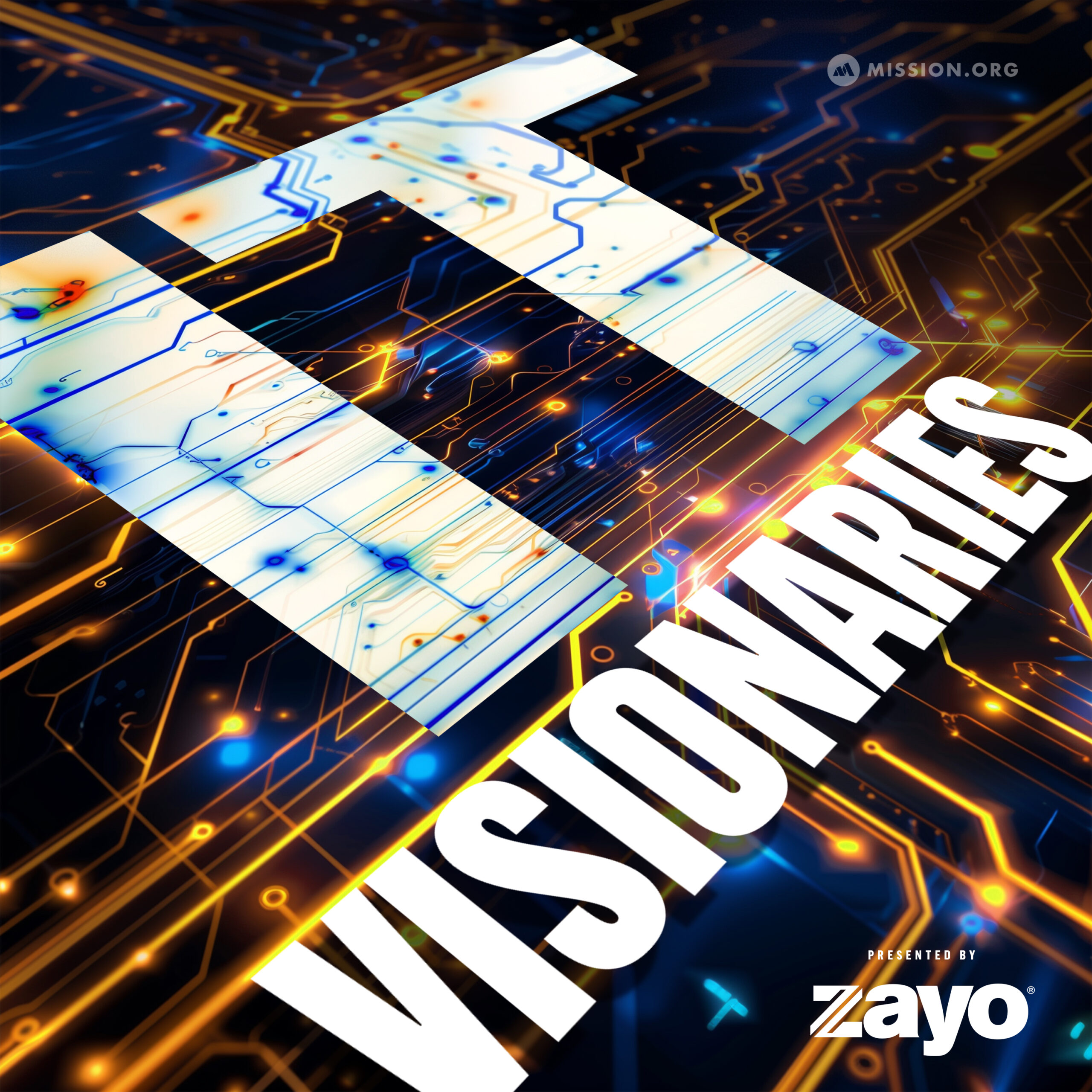NFTs, Cryptocurrency, Blockchain, Tokenization. There is more hype than ever for these technologies and endless debate on the utility of this technology. . While consumers are attempting to understand the value of cryptocurrency, governments and private firms across the globe are doing the same, and they are experimenting with the idea of a central bank for digital currency that will adapt and meet changing consumer needs.
Main Takeaways
- Benefits of a Central Bank: The digitization of currency will not only simplify the distribution of government cash, but it will eliminate banking deserts, which are large populations of the country where traditional banking branches are not accessible to the general public. By moving to a digital currency, users will be able to easily complete transactions similar to how cash purchases are done, but without the time needed to complete a credit transaction.
- Programmable Money: One of the exciting innovations and benefits of digital tokens is the concept of “programmable” money. This means that during the design and build phase, the technology that houses the currency can be reconfigured to scale and add critical functions at any time.
- Easily Traceable: By modernizing currency and moving to a digital token, the flow of currency from one user to another will be much easier to track than physical transactions. When transactions are done digitally, you can trace that currency back to where it originated, making it simpler and easier to detect fraud.
For a more in-depth look at this episode, check out the article below.
Article
A new technology age is unfolding and bringing with it the digitization of things that can be tokenized. While consumers race to understand the value of cryptocurrency, governments and private firms across the globe are doing the same, and they are experimenting with the idea of a central bank for digital currencies that will help the industry adapt and meet changing consumer needs.
“What I think everyone needs to wrap their head around is at the widest possible level, broad aspects of the financial services system, financial infrastructure system went from paper to electronic in the early 2000s. And now what we’re seeing 20 years later is the move to go from electronic to tokenized.”
The wave of investment in digital currency is gaining momentum, and that wave is likely to crash onto the shores of the financial industry sooner rather than later. David Treat is the Senior Managing Director, and Global Blockchain Lead at Accenture and the director of the Digital Dollar Project. On this episode of IT Visionaries, David speaks to the importance and future of digital payments, and why a central bank for digital currencies could be the end of banking deserts across the world.
For the last decade, digital currency has been reshaping financial infrastructure, and conversations are picking up on a government level about the benefits of having a digitized token. But a vast majority of the public is still educating themselves on the risks and rewards of digital tokens.
“That notion of Bitcoin is cash, there are multiple competing views out there…I think the prevailing one is that it really is an asset,” Treat said. “The umbrella term of digital currency, it’s important to understand how that breaks down where cryptocurrency got this whole ball moving and started this whole innovation wave… But at the end of the day, what underpins them is all the same fundamental technology of tokenization and the notion of having uniqueness in the digital world, and that these things are essentially digital instruments.”
Treat said that the idea of a digital token acts much more like physical cash and less like a credit card. Where a credit card transaction can take multiple steps and days before the funds reach the merchant, a digital token would operate as an instant transaction, which could pay big dividends for SMBs.
“This may seem overly simplistic for purchasing, but think about what that dynamic can mean for a small merchant with respect to online transactions and how they participate in the digital commerce world,” Treat said.
But perhaps one of the largest barriers tokenization could help overcome is the notion of banking deserts, which are segments of the world where banks are not accessible for hundreds of miles, leaving consumers often without the ability to freely bank like their peers in more urban areas.
“For those people that are not financially included but are cell phone enabled, for them to be able to receive a stimulus payment, or for them to be able to shop online, they’re needing to go and buy a prepaid debit card, pay a huge fee for that card,” Treat said. “The whole notion of having the ability to have a digital wallet on their phone, where they could receive and then use it for a digital currency suddenly opens up avenues that are just very difficult and expensive for them today.”
While a digital currency that is accepted at all points of sale is a fascinating notion, so too is the ability for that money to also remain safe and secure in a consumer’s bank account.
“One of the bigger aspects is this notion that you can simultaneously improve the ability to manage financial crime because of the ability to see lineage of data,” Treat said. “The provenance of data of these tokens can be enabled where you can trace back all transactions to its original minting. That’s wildly powerful.”
To hear more about central bank digital currencies and the future of tokenization, check out the full episode of IT Visionaries!
—
To hear the entire discussion, tune into IT Visionaries here.




